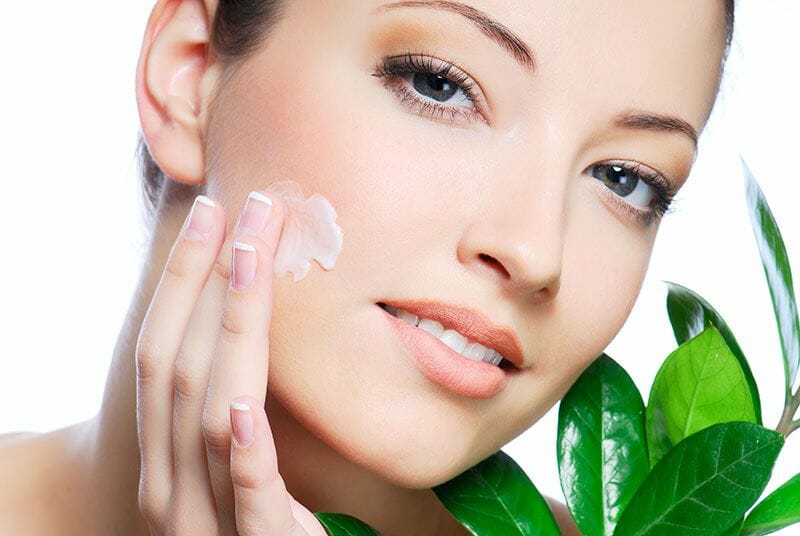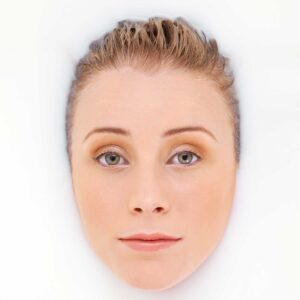Ingredients, Skin Care
Essential Fatty Acids (EFAs) are crucial for healthy skin
Essential Fatty Acids (EFAs) are a type of polyunsaturated fatty acid (PUFA), and play a critical role in skin function and appearance, but the human body is unable to synthesize these EFAs on its own. Instead, we have to get our EFAs from external sources: Omega-3 and Omega-6 fatty acids are commonly known to be “good for you” when it comes to your overall diet. But they can be especially effective when used topically.
Applying Essential Fatty Acids topically is highly effective for the skin – and the rest of the body
The great news is that EFAs applied directly to the skin are just as beneficial to the skin – if not more beneficial – than the EFAs consumed through diet. While a significant percentage of ingested EFAs are oxidized by the liver, topical EFAs allow the skin and the body to utilize the EFAs more efficiently.
What do EFAs do?
EFAs are a necessary component of the lipid barrier that protects the skin’s surface. This barrier helps maintain skin moisture and skin elasticity, and protects skin from harmful bacteria. These EFAs are especially important as our skin ages and begins to lose moisture and elasticity. They help the skin retain moisture and elasticity, and can even help decrease skin damage from UV light. EFAs also have anti-inflammatory properties, and have been used to successfully treat skin conditions such as psoriasis and acne. EFAs boost the protective layer of the skin, protecting skin from damage, while keeping it moist and soft.
EFA Deficiency (EFAD)
EFAs are not just another “anti-aging” ingredient, nor do they simply moisturize. In fact, a deficiency in Essential fatty acids can significantly affect the function – as well as the appearance – of the skin. EFAD can cause excessively dry skin, scaly/flaky/cracking/peeling skin, and/or thick calluses. And EFAD doesn’t just affect the skin. An EFA deficiency can also cause dry, brittle hair, dry eyes, brittle fingernails, dry mouth, excessive thirst, menstrual cramps, and stiff joints – just to name a few.
How can I increase my EFA intake?
Dietary EFAs remain important. Flaxseeds, walnuts (and some other types of nuts), soybeans, and many types of fish are rich in Omega-3 fatty acids. Vegetable oils, sunflower seeds, pork products, eggs, butter, milk, and beef are rich in Omega-6 fatty acids.
Of course, it’s still important to balance your need for EFAs with your overall diet. It’s still wise to limit your intake of certain types of fish that can contain mercury, just as it’s not a good idea to eat an abundance of beef and pork.
A great way to get the benefits of EFAs is with a topical cream such as Reviva Labs’ Nourishing Cream, Calming Renewal Serum, or Calming Rejuvenation Creme which all feature a blends of different Omega-3 & Omega-6 essential fatty acids (EFAs) from plants.
Aim for EFAs in your diet and in your skin care regimen, and watch your skin look fuller, smoother, younger, and – most importantly – healthier.








